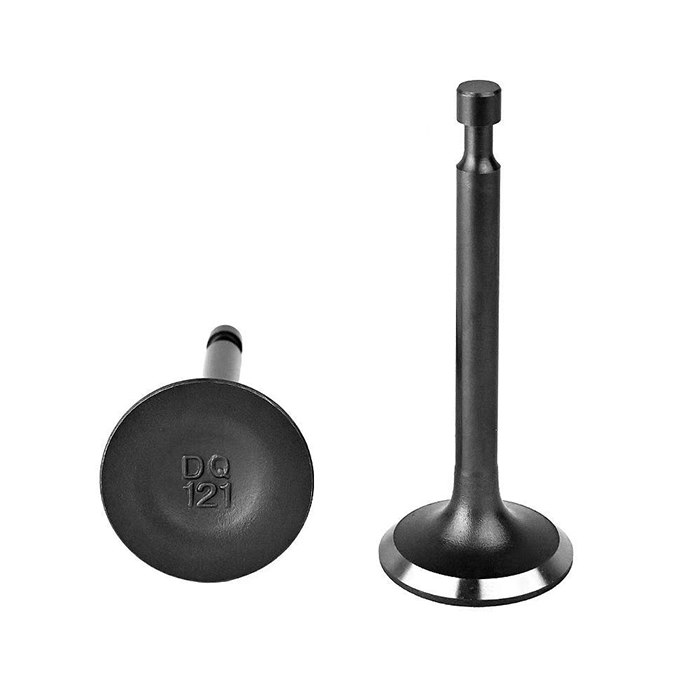In today’s globalized economy, the importance of cost-efficient shipping cannot be overstated. As businesses expand their reach across borders, the logistics of transporting goods become increasingly complex. Companies are constantly seeking ways to minimize shipping costs while maintaining service quality. This article delves into the intricacies of cost-efficient shipping, exploring various strategies, technologies, and considerations that can help businesses optimize their logistics operations.
Understanding Cost-Efficient Shipping
Cost-efficient shipping refers to the practice of minimizing shipping expenses without compromising on delivery speed or service quality. It encompasses a range of strategies, from selecting the right shipping methods to leveraging technology for better logistics management. The goal is to strike a balance between cost, speed, and reliability, ensuring that businesses can meet customer expectations while keeping their bottom line intact.
Key Factors Influencing Shipping Costs
- Shipping Method: The choice of shipping method—air, sea, rail, or road—significantly impacts costs. Air freight is the fastest but often the most expensive option, while sea freight is more economical for bulk shipments but slower. Businesses must assess their specific needs and choose the method that aligns with their budget and delivery timelines.
- Distance and Location: The geographical distance between the origin and destination plays a crucial role in determining shipping costs. Additionally, shipping to remote or less accessible areas may incur higher fees. Understanding the logistics of the supply chain and strategically locating warehouses can help mitigate these costs.
- Volume and Weight: Shipping costs are typically calculated based on the weight and volume of the shipment. Businesses can benefit from consolidating shipments to maximize space and reduce per-unit shipping costs. Utilizing dimensional weight pricing strategies can also help in optimizing shipping expenses.
- Carrier Selection: Different carriers offer varying rates and services. It’s essential to compare quotes from multiple carriers and consider factors such as reliability, delivery speed, and customer service. Establishing long-term relationships with carriers can also lead to negotiated rates and better service.
Strategies for Cost-Efficient Shipping
- Leverage Technology: Investing in logistics management software can streamline shipping processes. These tools provide real-time tracking, inventory management, and data analytics, allowing businesses to make informed decisions and optimize routes. Automation can also reduce manual errors and improve efficiency.
- Optimize Packaging: Efficient packaging not only protects products during transit but also reduces shipping costs. Using the right-sized boxes and materials can minimize dimensional weight charges. Additionally, sustainable packaging solutions can enhance brand reputation while cutting costs.
- Implement a Shipping Policy: Establishing a clear shipping policy can help manage customer expectations and reduce costs. Offering multiple shipping options allows customers to choose based on their urgency and budget. Additionally, setting minimum order thresholds for free shipping can encourage larger purchases.
- Utilize Freight Forwarders: Freight forwarders can provide valuable expertise in navigating international shipping regulations and logistics. They can help businesses find the most cost-effective routes and methods, ensuring compliance with customs requirements.
- Monitor and Analyze Shipping Performance: Regularly reviewing shipping performance metrics can identify areas for improvement. Analyzing data on shipping times, costs, and customer feedback can help businesses refine their strategies and enhance overall efficiency.
Conclusion
In an era where customer expectations are higher than ever, mastering the art of cost-efficient shipping is crucial for businesses aiming to thrive in a competitive landscape. By understanding the factors that influence shipping costs and implementing strategic measures, companies can optimize their logistics operations, reduce expenses, and ultimately enhance customer satisfaction. As technology continues to evolve, staying informed about the latest trends and tools in shipping will be essential for maintaining a competitive edge. Embracing a proactive approach to shipping logistics not only leads to cost savings but also positions businesses for sustainable growth in the global marketplace.




